Sacred Plants – Sananga root bark – Cut & Sifted (Tabernaemontana undulata) from the Katukina Tribe in Brazil
Botanical name: Tabernaemontana undulata
Common name: Sananga
Plant part: Root Bark
Form: Shredded and Sifted
Country: Brazil
Region: Acre
Tribe: Katukina
Beschreibung
More about Sacred Plants Sananga root bark
Sananga is produced from the roots and bark of Tabernaemontana undulata, a member of the Apocynaceae family. T.undulata can be found found in Brazil, Colombia, Costa Rica, Ecuador, Guyana, Guyana Francesa, Panamá, Perú, Surinam, Trinidad y Tobago, and Venezuela (Smithsonian Tropical Research Institute).
Tabernaemontana is a genus of 100-110 species of flowering plants in the family Apocynaceae (Dogbane family), with a pan-tropical distribution. They are shrubs and small trees growing to 1-1,5 meter tall. The leaves are evergreen, opposite, 3-25 cm long, with milky sap. The flowers are fragrant, 1-5 cm diameter and consist of five pointed petals that mostly grow in clusters out of the calyx. The two symmetrical fruits are divided and marked with fairly visible veins.
It is also know as ‘Bechette (pronounced B’-chew-teh) by the Mati & Matses. The Kaxinawa tribe of Acre Brazil use a similar species in the same genus – T.sanaho to make their Sananga. It is not well understood if other species have been or are used and whether the same distinctions made by botanists are observed by native peoples.
Sananga traditional use
Sananga has been used traditionally for centuries to treat eye conditions, or pains associated with the eyes such as headaches. Although there is not much science on the T. undulata or T. sananho plants, there has been some research into other plants in the Tabernaemontana sub-family…
Several studies have shown thatrent Tabernaemontana plants can attack some species of bacteria and fungus, suggesting that sananga could potentially help treat eye infections.[2-6] We are not yet sure what concentration of these plants would have a meaningful effect on an eye infection.
Some eye conditions, such as cataracts, are caused in part by inflammation. There is moderate evidence that sananga could reduce inflammation. Several Tabernaemontana plants (including T. sananho) have been shown to reduce inflammation in mouse models of paw injury. In molecular tests they can decrease levels of inflammatory compounds and have antioxidant effects.[6-11]
There is no evidence that sananga can treat more serious conditions like glaucoma, or traumatic eye injuries. It could be dangerous to use sananga for these purposes.
Reviews (0)
Only logged in customers who have purchased this product may leave a review.
Disclaimer
Related products
Dream Herbs
Snuff Box (Entada Rheedii) – Giant Sea Bean or African Dream Herb Whole Seed from Thailand


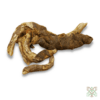
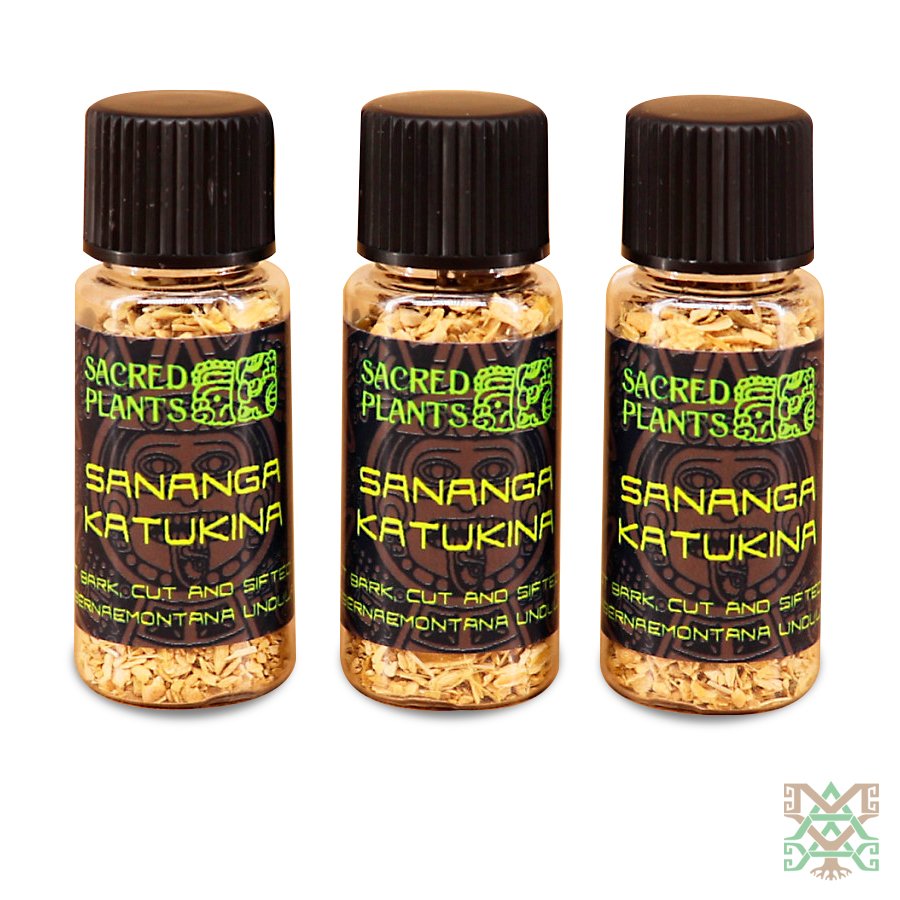

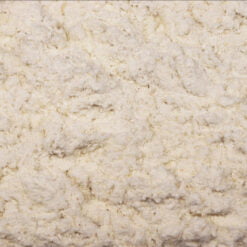
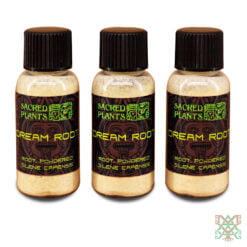
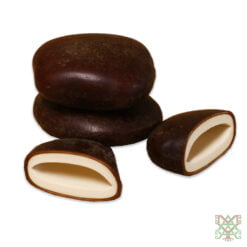
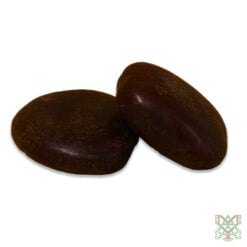
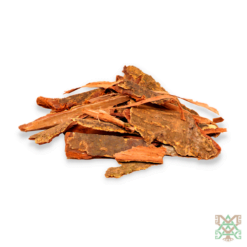

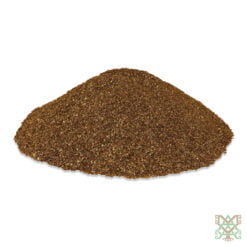
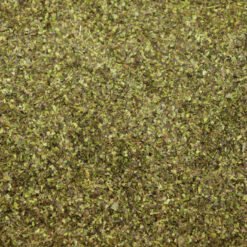
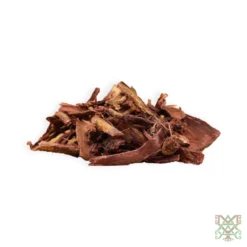

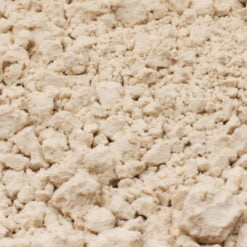
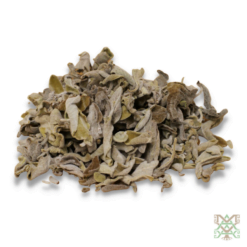

Reviews
There are no reviews yet.